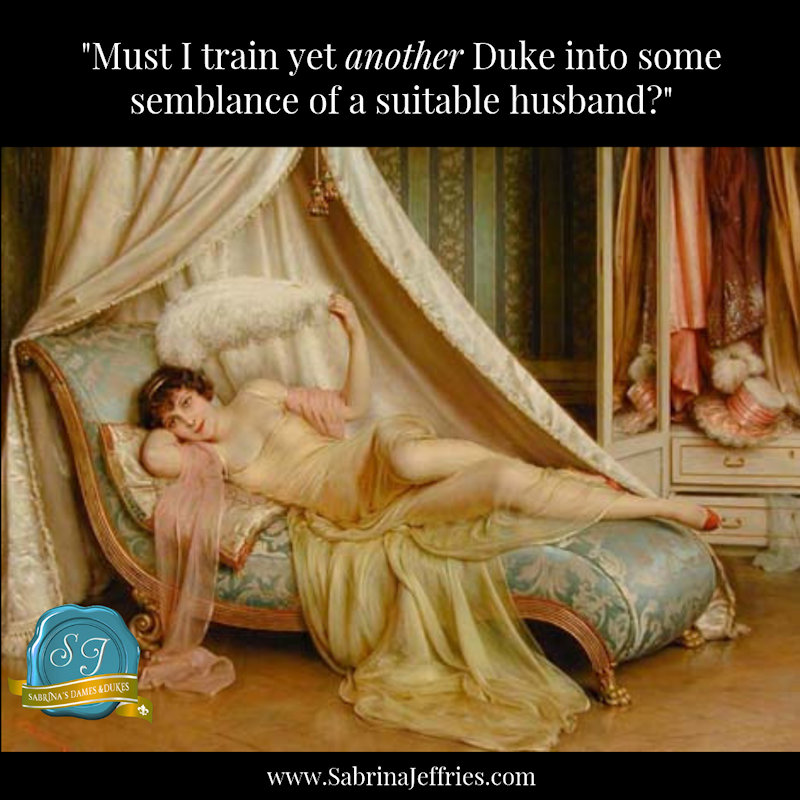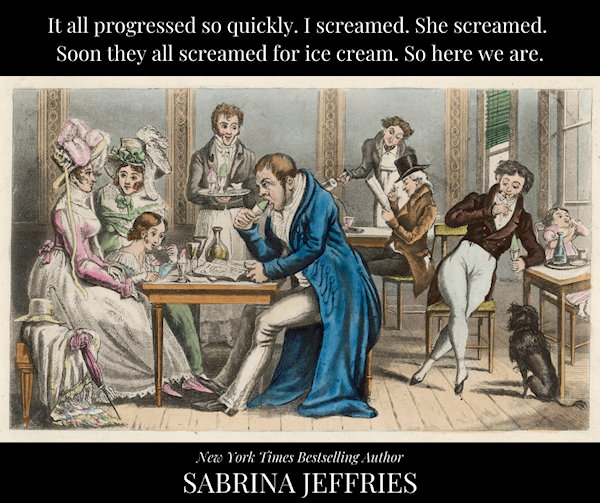Marriage

The concept of my series may seem farfetched: a woman marrying (and burying) three dukes in rapid succession (really, two dukes and a duke’s second son who becomes the duke) and having an assortment of children by them. But real-life debutante Elizabeth Gunning proved that it really was possible to marry well more than once. After taking society by storm as an actress, Elizabeth wowed London’s gentlemen with her beauty and talent. As a result, she ended up married to the Duke of Hamilton and bore him three children. After he died, she was briefly engaged to the Duke of Bridgwater before the engagement fell through. Then she married the Marquess of Lorne, who later inherited his father’s title of Duke of Argyll, and bore him five children. Eventually George III made her Baroness Hamilton of Hameldon in her own right. That’s quite a string of marital (and otherwise) successes for an actress!


